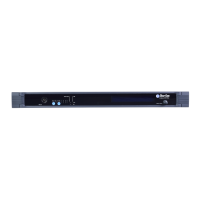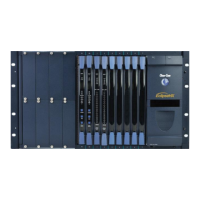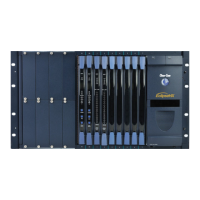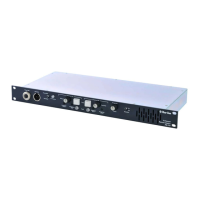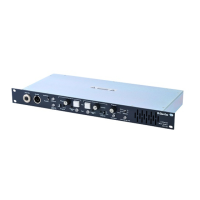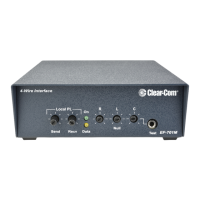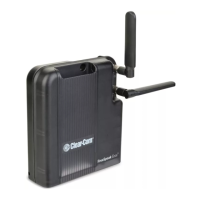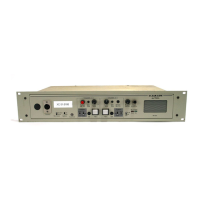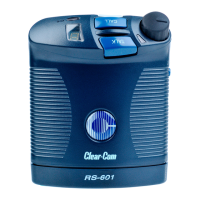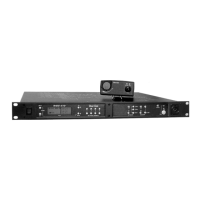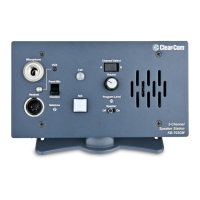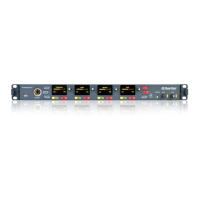• Fitting 4 MVX-A16 cards to the Eclipse HX-Delta would fill the frame, but
would only use 64 ports from the possible - ports available:
4 MVX cards * 16 ports = 64
More ports can be utilized on the Eclipse HX-Delta by using higher capacity
interface cards, such as the E-MADI64 card. For example, if you installed 3 E-
MADI64 cards, using 64 audio ports, you could add one more MVX-A16 card.
(3 E-MADI64 cards * 64 ports) + (1 MVX * 16 ports) = 208
If you fitted 3 IVC-32 cards, you could add 1 more MVX-A16 card:
(3 IVC-32 cards * 32 ports) + (1 MVX card * 16 ports) = 112
LMC-64 cards take a port per meter. LMC-64 cards are configured in EHX to 16,
32, 48 or 64 audio meters and the same numbers of ports are allocated at that
time.
When an audio level meter is configured using Production Maestro Pro one of the
ports allocated to the LMC-64 card is used. If the same audio level meter is
being used by more than one Production Maestro Pro client this does not
increase the port usage as the audio level data is broadcast.
E-FIB cards use a port per channel. E-FIB cards can be configured to use
between 16 and 192 ports.
E-QUE wireless cards (if not directly connected) use six ports per antenna.
E-QUE cards have 60 ports in E1 mode or 48 ports in T1 mode.
Note: Clear-Com recommends fitting E-FIB cards to the lower slots on the matrix.
Note: Comfort tones use 3 ports which normally default to using the top of the physical
port range. If required, the comfort tones can be redirected to ports above 384
in System Preferences (for more information, see your EHX documentation).
4.4.4 Static sensitivity
A CPU or interface card’s components include CMOS chips that are sensitive to
static electricity. Before touching a card first touch a grounded metal object,
such as any unpainted surface on the matrix, to dissipate static electricity. When
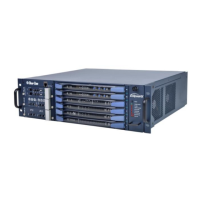
